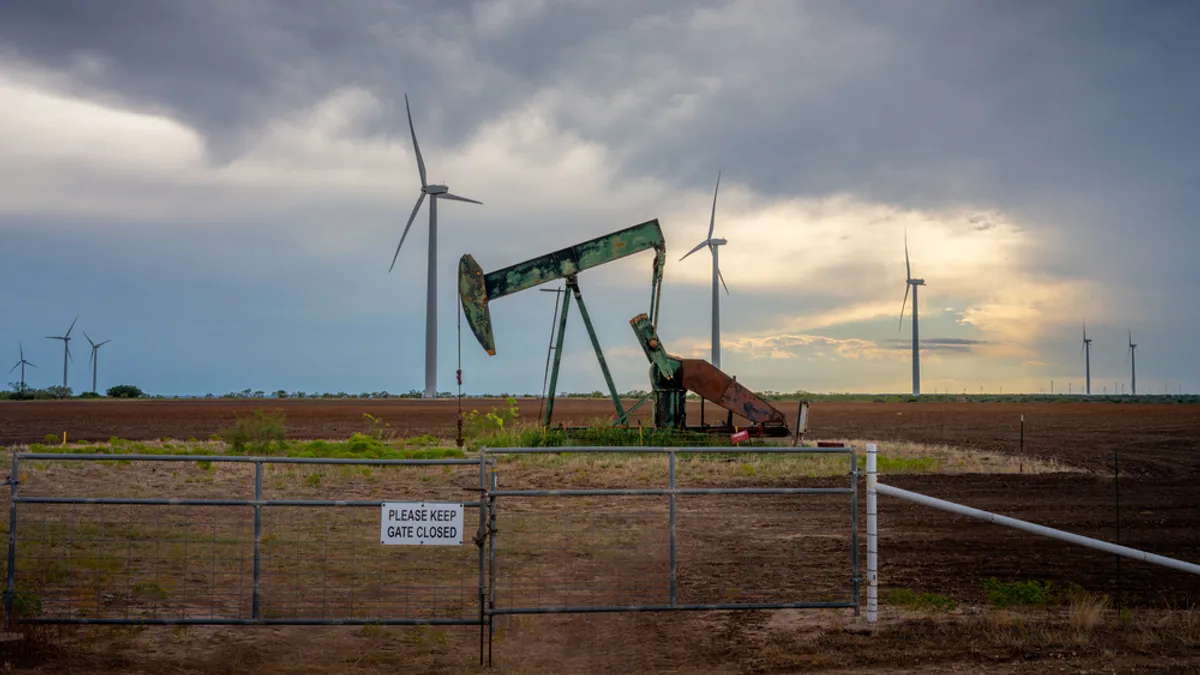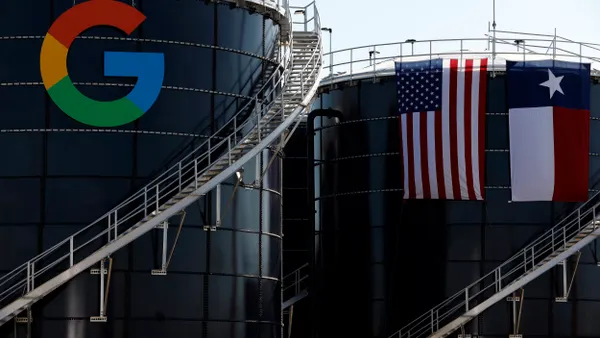Ari Selman, Elizabeth Goldberg, Levi McAllister, Rick Rothman, and Carl Valenstein are partners at Morgan, Lewis & Bockius LLP, and Rachel Mann is an associate at the firm.
The California Air Resources Board (CARB) has released a set of FAQs aimed at clarifying implementation of the state’s landmark climate disclosure laws — the Climate Corporate Data Accountability Act (CCDAA, S.B. 253) and the Climate-Related Financial Risk Act (CRFRA, S.B. 261). Published July 9, the FAQs leave outstanding certain important questions but nonetheless offer key insights into how companies should prepare to comply with these first-of-their-kind reporting mandates.
These California laws impose greenhouse gas emissions and climate risk disclosure requirements on a significant number of entities that do business in California. Under the new laws, CARB — the state agency charged with protecting public health through air quality and climate programs — is responsible for developing and enforcing regulations that implement both disclosure laws, including defining key terms, setting reporting requirements and overseeing compliance for covered entities.
These CARB FAQs offer important guidance for companies evaluating whether they are covered by these laws and, if so, how and when to comply with the requirements prescribed.
While the FAQs are not binding and CARB has yet to finalize implementing regulations, the list provides important clues as to how CARB may ultimately interpret key terms in the statutes, including revenue thresholds, the definition of “doing business in California” and the impact of parent-subsidiary relationships. The guidance also outlines expected reporting timelines and assurance requirements for covered entities.
Who is covered?
The CCDAA and CRFRA apply to companies formed under U.S. law that exceed specific annual revenue thresholds and conduct business in California:
- CCDAA (S.B. 253): Covers entities with over $1 billion in total annual revenue nationwide and that are “doing business in California.” Covered companies must report their scope 1, scope 2 and eventually scope 3 GHG emissions.
- CRFRA (S.B. 261): Covers entities with over $500 million in total annual revenue nationwide and that do business in California. Covered companies must prepare and publish a biennial climate-related financial risk report aligned with frameworks, such as the Task Force on Climate-related Financial Disclosures (TCFD).
The statutes and FAQs do not explicitly state whether non-U.S. parent corporations of covered subsidiary entities must comply with these laws based on their relationship with the subsidiary.
At a “Kickoff Workshop” held by CARB on May 25, CARB requested feedback regarding: (i) whether a parent company’s revenue should be considered when determining whether the CCDAA and CRFRA apply to the subsidiary, to the extent the subsidiary does business in California; (ii) whether the regulations should adopt an approach similar to that implemented for California’s cap-and-trade regulations — which provide that covered entities must make disclosures related to their corporate associations, i.e., entities that have a level of ownership or control of 50% or greater; and (iii) whether requirements for covered subsidiary corporations should extend to parent corporations based outside of California.
The resolution of these issues could have significant implications for multinational corporate families with California operations.
What does “doing business in California” mean?
CARB’s initial staff concept is based on the Franchise Tax Board’s definition of “doing business” found in California Revenue and Taxation Code § 23101. Under this approach, a company is “doing business” in California if it:
- Actively engages in any transaction for financial or pecuniary gain or profit in the state; and
- Is either organized or commercially domiciled in the state, or meets one of several monetary thresholds during any part of a reporting year (e.g., sales in California exceed $735,019; compensation paid in the state exceeds the lesser of $73,502 or 25% of total compensation paid by the company; or real property and tangible personal property exceed the lesser of $73,502 or 25% of total real property and tangible personal property).
Importantly, even companies with minimal physical presence in California may fall within this definition if they meet these financial thresholds. CARB has solicited stakeholder input on this approach and whether exemptions should apply in limited cases.
What is required of covered companies?
Reporting obligations and deadlines vary under each law:
- GHG Emissions Reporting (CCDAA):
- Scope 1 and 2 emissions reporting begins in 2026 (date to be determined through “additional public consultation and through the rulemaking process”), covering the prior fiscal year. Companies must obtain limited assurance from an independent third-party verifier starting in 2026, with reasonable assurance required beginning in 2030.
- Scope 3 emissions reporting begins in 2027 (date to be determined through “additional public consultation and through the rulemaking process”), also covering the prior fiscal year.
- Climate Risk Disclosures (CRFRA):
- Covered entities must publish their first climate-related financial risk report by January 1, 2026. The report may be based on the best available information from fiscal years 2023-24 or 2024-25.
- CARB will host a public docket from December 1, 2025, to July 1, 2026, where companies must post the location of their publicly available report. The public docket is intended to support transparency by providing one centralized location for the public to review all climate risk reports.
CARB emphasized flexibility in selecting a reporting framework, encouraging the use of TCFD principles and the exercise of materiality consistent with other financial disclosures. Companies making good-faith efforts to comply with climate-related financial risk reporting requirements using the best available data (e.g., based on data for fiscal year 2023-24 or 2024-25) will likely be provided some latitude based on CARB’s statements about exercising its enforcement discretion for the first reporting cycle.
What should companies do now?
While CARB’s implementing regulations are still under development, CARB indicated it is “committed to developing a regulation by [the] end of the year.” Accordingly, companies potentially subject to either law should begin preparing now by taking the following steps:
- Assess Applicability: Evaluate total corporate revenue levels and the extent of business activities in California, including sales, payroll and physical assets. Consider whether any U.S. subsidiaries could independently meet the revenue thresholds or whether parent-level revenue may be implicated.
- Monitor Regulatory Developments: CARB is actively soliciting public input and will hold additional workshops this year. Interested stakeholders should subscribe to CARB updates and consider submitting feedback, particularly on applicability and statutory definitions.
- Prepare Reporting Infrastructure: Potentially covered entities should assess the systems they may have in place or need to establish to collect, verify and report GHG emissions and climate risk data aligned with TCFD or other recognized frameworks.
- Coordinate Across Corporate Structure: Parent companies and subsidiaries should consider information-sharing protocols in case reporting obligations extend across entities and attempt to harmonize compliance with requirements prescribed by other laws, including non-U.S. law.
Conclusion
CARB’s July 2025 FAQs provide some additional guidance with respect to California’s new climate disclosure mandates. While key regulatory questions remain unanswered, the direction of travel is clear: companies doing business in California should expect to disclose detailed emissions and climate risk information beginning in 2026. Now is the time to assess the potential applicability of these laws and prepare accordingly.









